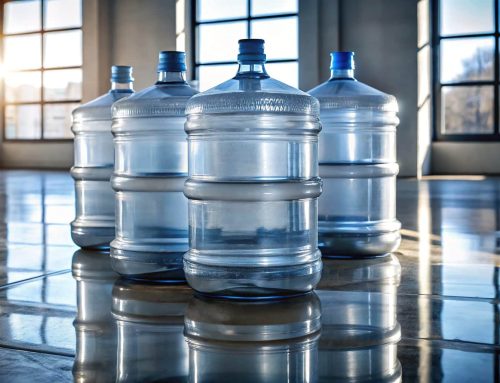In 2018, the eastern region of the United States experienced its third consecutive rainiest year on record, while the west remained somewhat dryer than normal. This has mainly been due to climate change, as 2018 was reported as being the 4th hottest year in the history of the country, as well as in many other parts of the world.
Since heat is primarily caused by the warming of air as the earth experiences an increase in temperature with the sun’s impact on the ozone layer, it makes sense why the eastern part of the U.S. has experienced an abundance of rainfall.
With the country receiving 4.68 inches increased precipitation last year, reports suggest that it’s the most rain the country has seen in the entire 20th century. Unfortunately, the rain and snow haven’t been distributed evenly across the country, as the west has experienced more drought each passing year.
Research Suggests that Both the Wet and Dry Regions Will Prevail
It’s scary to think that the regions experiencing heavier rainfalls are predicted to get worse, which could lead to an overabundance of rain and eventually flooding, while drought will continue to increase in dryer regions.
Apart from the U.S., countries all over the world are experiencing some level of extreme weather when it comes to climate change. Global warming is on the incline and shows no signs of slowing down.
The magnitude of the effects of thereof on the planet will continue to rise. Tropical storms in the country are also causing heavy bouts of rainfall, which are disrupting land and the daily agricultural practices of farmers, which impacts the country in yet another negative manner, as the production of food is also affected.
With hurricanes taking over Florida, Puerto Rico, as well as the surrounding regions in 2018, there’s no telling what a continuous increase in both rainfall and drought will do to the country within the next few decades, nor the entire world.
Get water coolers and water machine from Living-Water in London.






